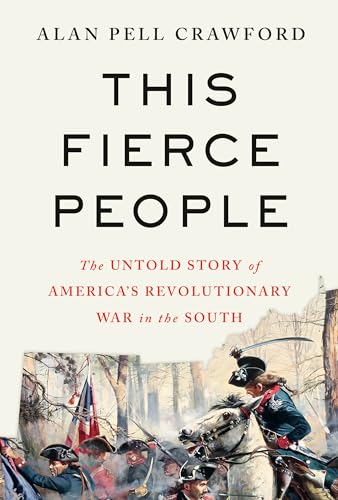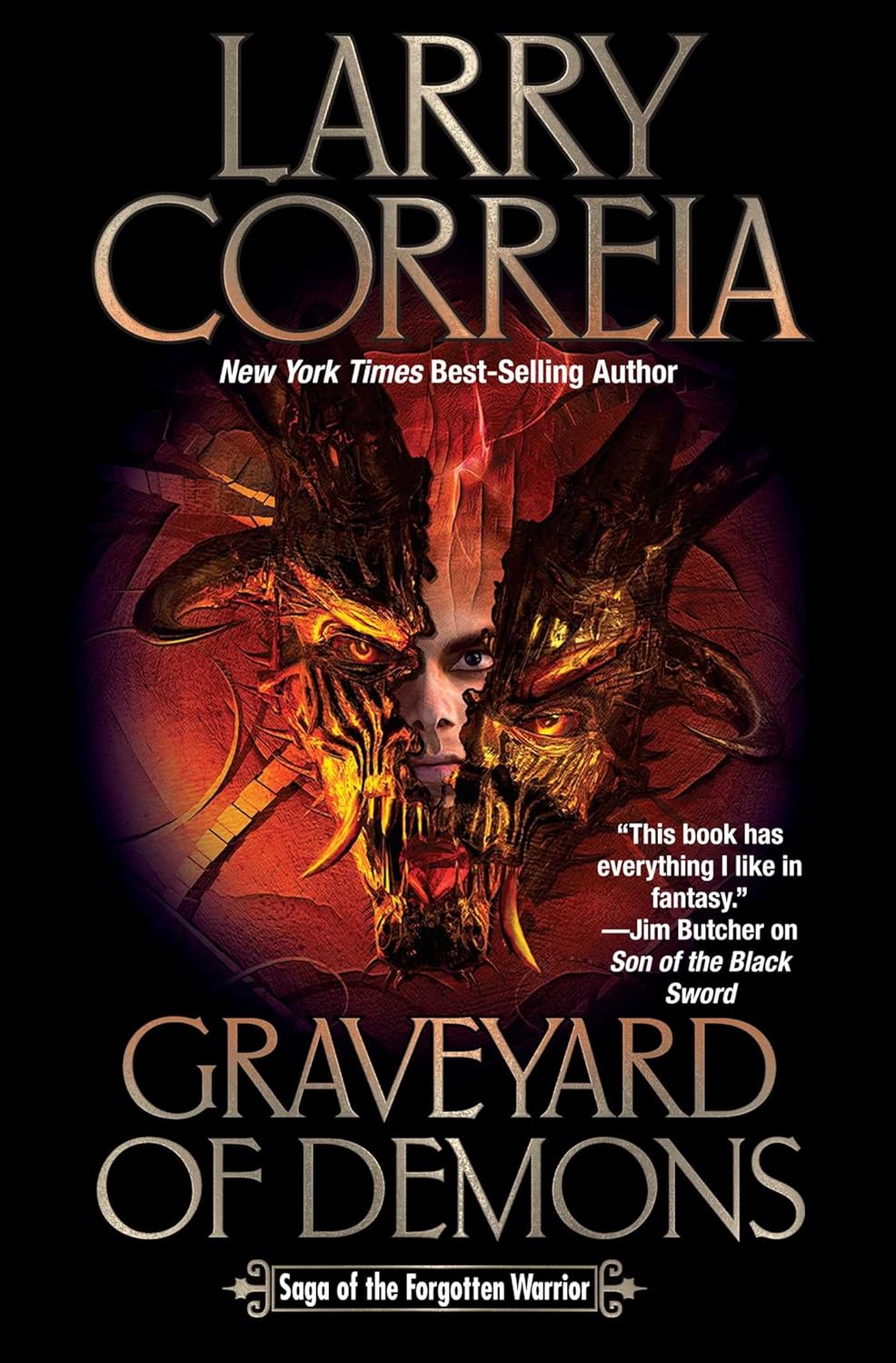
Inspired (plagiarizing?) by the AceofSpadesHQ Sunday Morning book thread, I thought that from now on I would include some photos and information of awesome personal libraries from around the world in my book related posts.
Today’s picture is of George Lucas’s research library at the Skywalker Ranch. The library has a full-time staff, and an inventory of over 27,ooo titles! Gad, I’m green with envy. For more details, check it out here: https://www.architecturaldigest.com/gallery/george-lucas-skywalker-ranch-tour.
Review of “This Fierce People” by Alan Pell Crawford

I found ‘This Fierce People’, by Alan Pell Crawford, to be an enjoyable and informative read. In my last post I explained why I was interested in this book, so I won’t go into detail in regards to that. This history of the Revolutionary War Southern Campaign accomplished what I had hoped it would do. It filled in a lot of gaps in my knowledge of this conflict.
Admittedly, I have read more in-depth histories regarding Nathaniel Greene’s “winning by losing but not being destroyed” guerilla war. But Mr. Crawford goes in-depth detailing the trials and tribulations that Greene trying to create an army from scratch in the Southern states. He also provides some good biographies for the main players on both sides.
For example, I learned quite a bit about the rebel leaders Daniel Morgan and Francis Marion, a.k.a The Swamp Fox, that I didn’t know before. I even learned quite a bit about the hated (by the Americans) British cavalry officer Banastre Tarleton. Tarleton was the inspiration for the brutal Colonel William Tavington in the movie ‘The Patriot’.
Surprisingly, the author doesn’t tell us much about the British generals Cornwallis and Clinton. I guess he figured that they have been covered in great depth elsewhere. Interestingly, he is also much more sympathetic to the disgraced American general Horatio Gates than other authors I have read.
However, there are some nits to need to be picked about this book. For one, the author devotes a whole chapter on Thomas Jefferson and his complex relationship with slavery. I feel that there is nothing wrong with pointing out the hypocrisy of how the writer of the Declaration of Independence owned slaves. Jefferson himself was fully cognizant of his own duplicity, never manumitted (freed) his own slaves.
My problem here is that Jefferson had practically no affect on the outcome of the Southern Campaign. I can’t tell if the author is gratuitously castigating Jefferson, or trying to provide a nuanced view of the man for the audience, or attempting to give an insight into the mindset of the Southern gentry. Regardless, in my opinion, the chapter is pointless padding.
Especially, since in the very the next chapter, we are informed of what little impact that he actually had regarding the Campaign. He was, briefly, the governor of Virginia during the latter stages of the War. He freely admitted that he was an ineffective wartime statesman. Even though Virginia was the richest of the 13 colonies, his administration was barely able to provide food and war materials to the rebels. His impact on the battlefield could have been summed up in one or two paragraphs.
Another glaring problem with this book is in the editing/proofreading. There is no question that the editing process in the publishing world has deteriorated over the past 20 years or so. The editing in the book is not the worst I’ve ever read, but there are several flaws in the book that really stood out to me. The most egregious mistake is in the chapter on the Battle of Cowpens. Numerous times throughout the chapter, the author mistakenly refers to Nathanial Green as the commander officer of the American forces. Daniel Morgan was the commanding officer. Green was miles away from the battle. Inexcusable.
For all that, I would still recommend this book if you are at all interested in the American Revolution, especially dealing with the Southern Campaign.
Intermission

What’s on my nightstand

Well lookee here, finally a book that I had on my autumn reading list!
When J.R.R. Tolkien published his Lord of the Rings novels, he changed the landscape fantasy writing forever. Before LoTR, fantasy novels were a diverse lot. You had “sword and sorcery” stories in the vein of Robert Howard’s ‘Conan’ serials. In a completly different approach, you had books like L. Sprague de Camp’s ‘The Incomplete Enchanter‘. The Enchanter books featured a scientist from our world who was able to use mathematics as a form of magic. This “magic” allowed him to travel to other fantastical worlds.
But fantasy stories after Tolkien’s LoTR became a bit hackneyed for years, if not decades. Practially all post-LoTR novels were set in a medieval European culture. You had the requisite kings & knights, castle & dragons, damsels-in-distress and of course an evil sorcerer plotting to take over the world. I’ve long lost interest in such stories. That is why I am always on the lookout for fantasy stories set in different settings and cultures. Larry Correia’s Graveyard of Demons fits the bill.
Graveyard of Demons is book 5 of the Saga of the Forgotten Warrior. This epic is set in a realm and culture similar to the Mughal Empire of India. While this series is certainly not equal to Tolkien’s works, it is still a very enjoyable saga. This series includes fully developed characters, fantastic worldbuilding, and enough court intrigue balanced by exciting battles to satisfy almost any fantasy reader. I’m truly geeked to start this book.
The only fly in the ointment is that this was supposed to be the finale of the series. Apparently, there is to be yet one more book that I will be forced to wait on. *Sigh*. The curse of First World problems.

